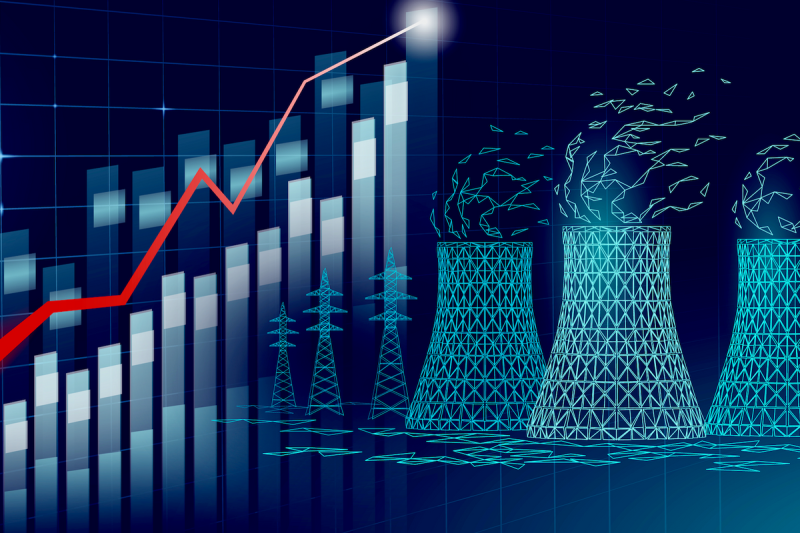In a bid to address the growing demand for clean energy and combat climate change, the United States is gearing up to significantly increase its nuclear power capacity by the year 2050. This ambitious plan involves tripling the current nuclear power capacity, thereby increasing the share of nuclear energy in the country’s energy mix.
Nuclear power has long been a contentious issue, with proponents highlighting its potential as a low-carbon energy source that can provide baseload power, and critics raising concerns about safety, nuclear waste disposal, and the risks associated with nuclear accidents. However, with the urgent need to transition to sustainable energy sources and reduce greenhouse gas emissions, nuclear power is gaining renewed attention as a key component of the energy transition.
One of the major drivers behind the US’s plan to triple its nuclear power capacity is the need to reduce reliance on fossil fuels and achieve carbon neutrality. As the world grapples with the challenges of climate change, decarbonizing the energy sector has become a top priority. Nuclear power, with its low carbon footprint and ability to generate large amounts of electricity consistently, could play a crucial role in helping the US meet its climate goals.
Furthermore, the expansion of nuclear power capacity is expected to create economic opportunities and spur innovation in the nuclear energy sector. The construction of new nuclear power plants and the upgrading of existing facilities will require significant investments, creating jobs and boosting economic growth. Additionally, advancements in nuclear technology, such as small modular reactors and next-generation reactors, could pave the way for safer, more efficient, and cost-effective nuclear power generation.
However, it is essential to acknowledge the challenges and concerns associated with expanding nuclear power capacity. Safety remains a paramount issue, with the risk of nuclear accidents posing a significant threat to public health and the environment. Furthermore, the long-term storage and disposal of nuclear waste remain unresolved issues that must be addressed to ensure the sustainability of nuclear energy.
In conclusion, the US’s plan to triple its nuclear power capacity by 2050 represents a significant step towards a cleaner, more sustainable energy future. While nuclear power poses challenges and concerns, its potential to reduce carbon emissions, provide reliable energy, and drive economic growth cannot be overlooked. By embracing nuclear energy alongside other renewable sources, the US can work towards achieving a more diversified, secure, and environmentally friendly energy system.
